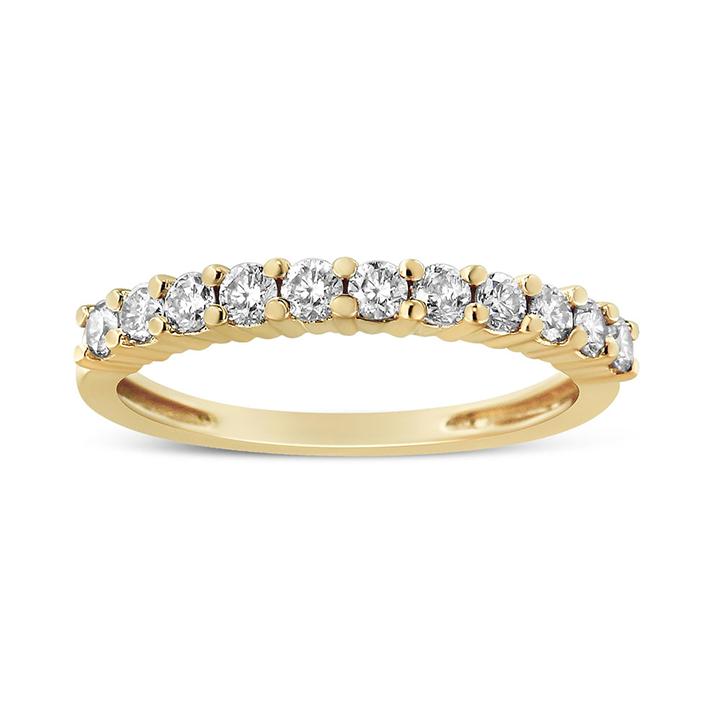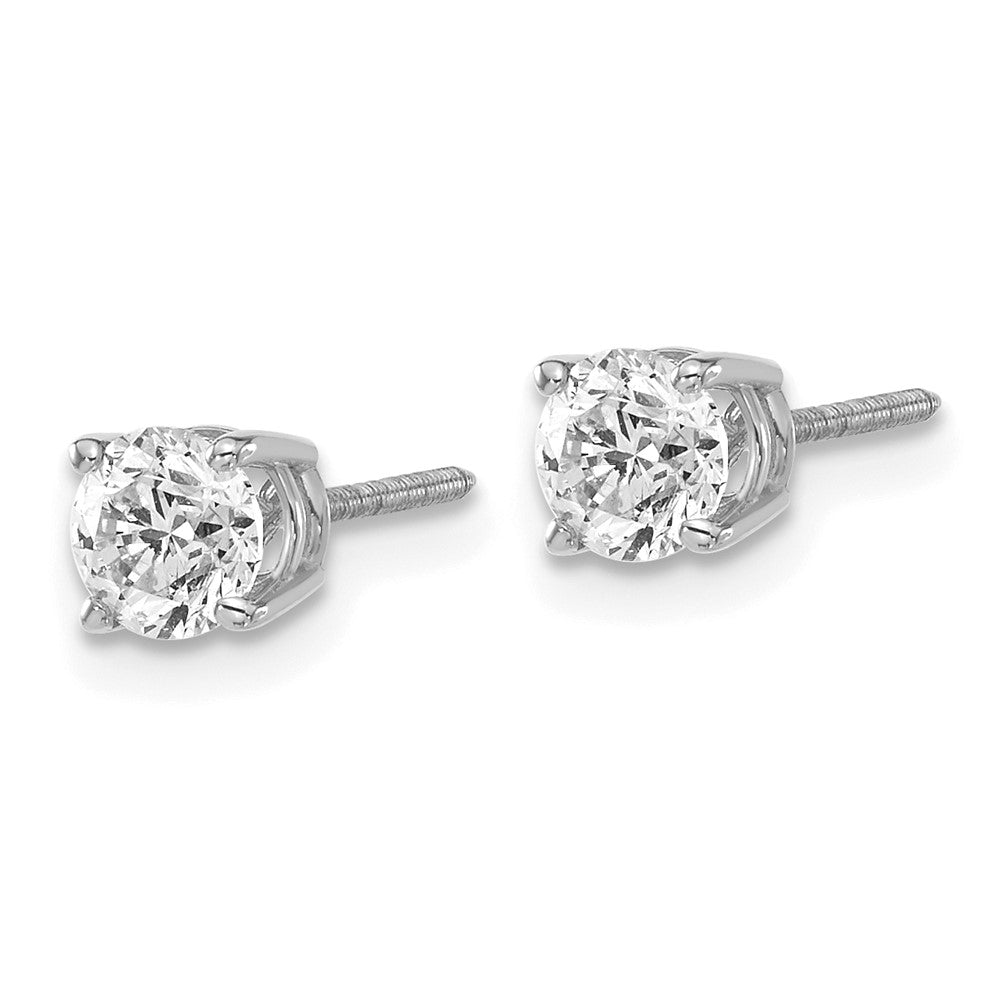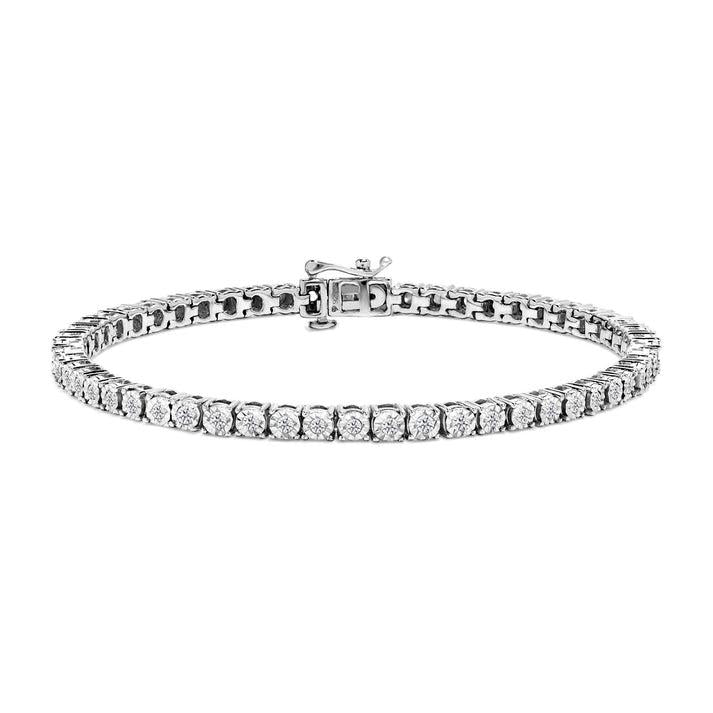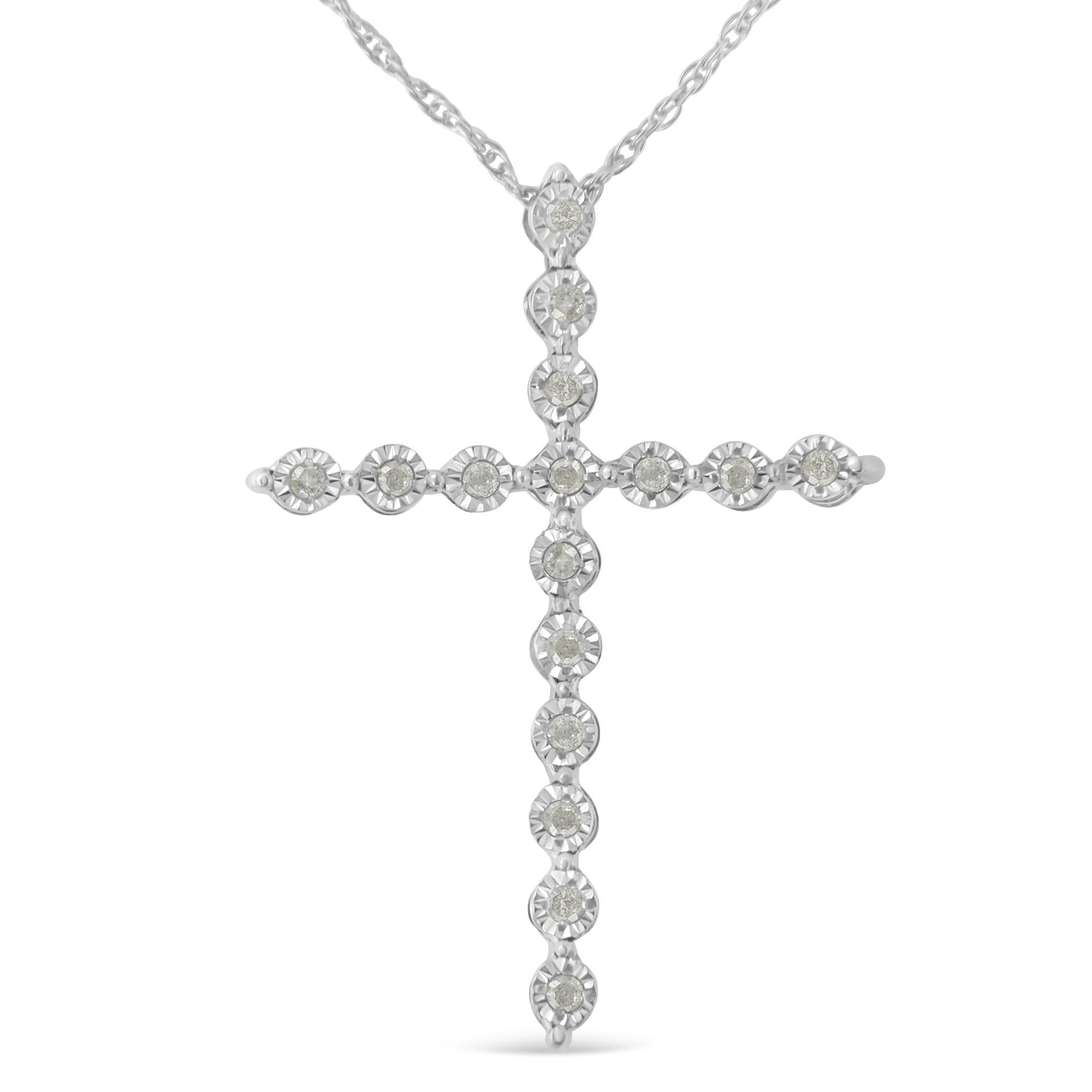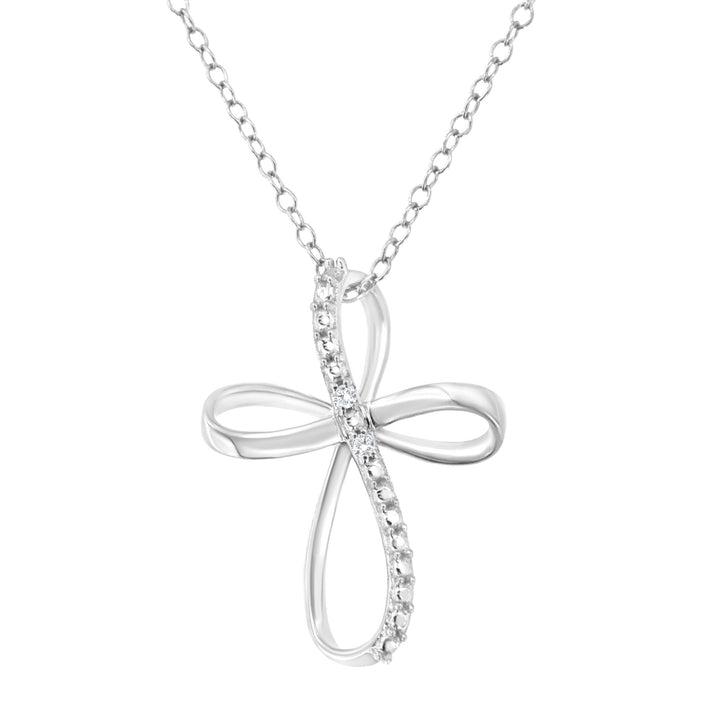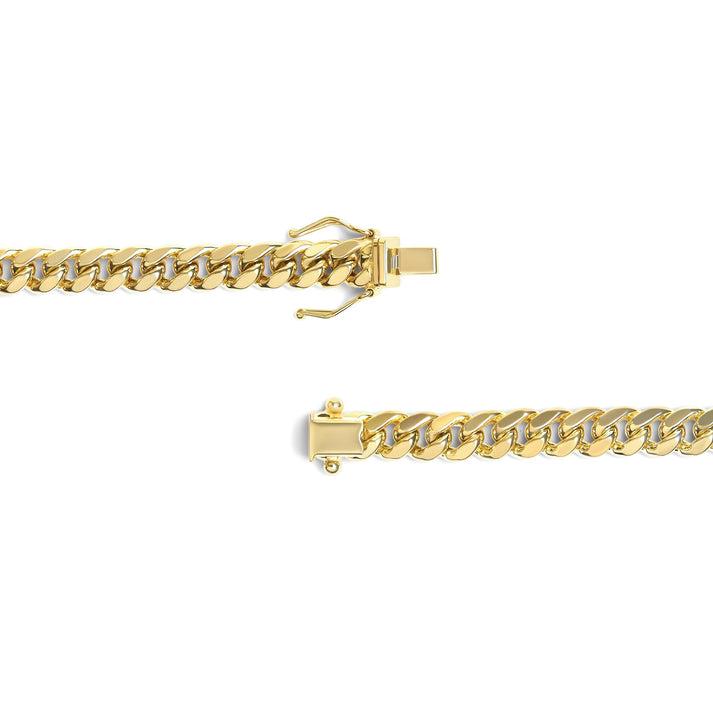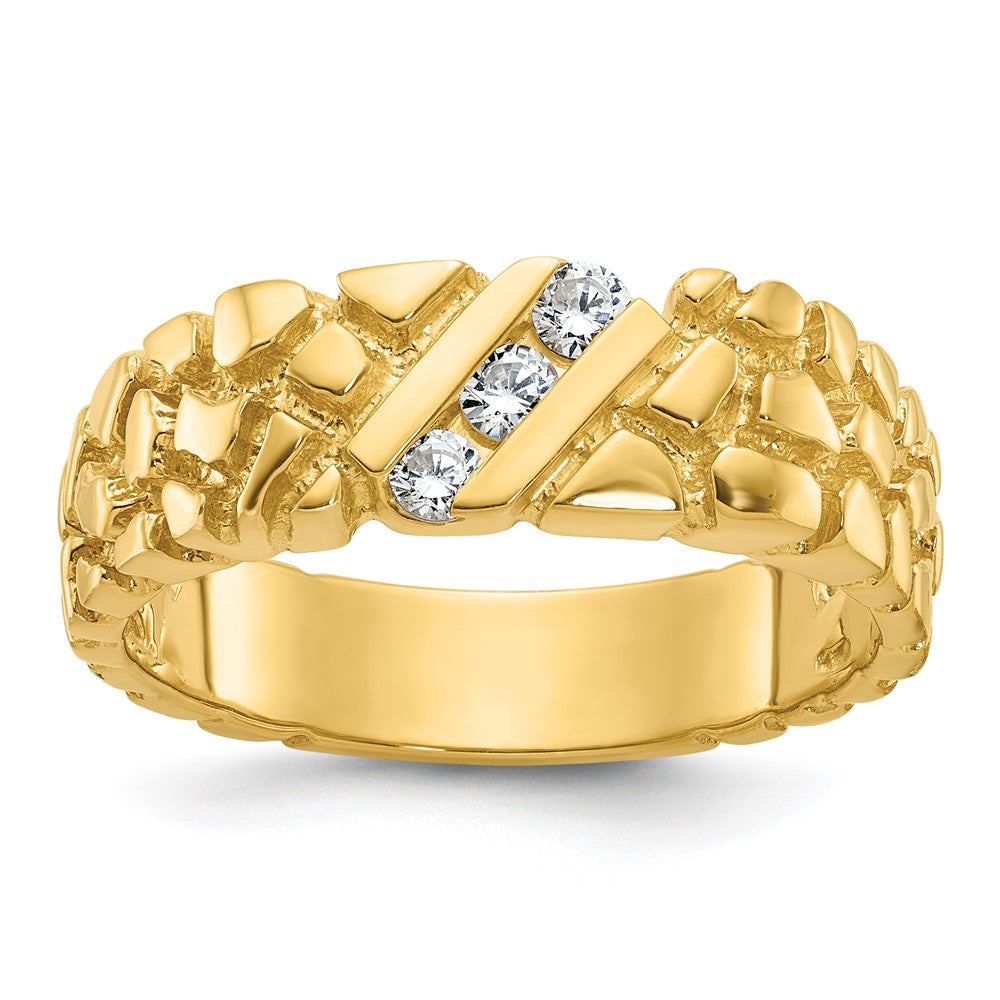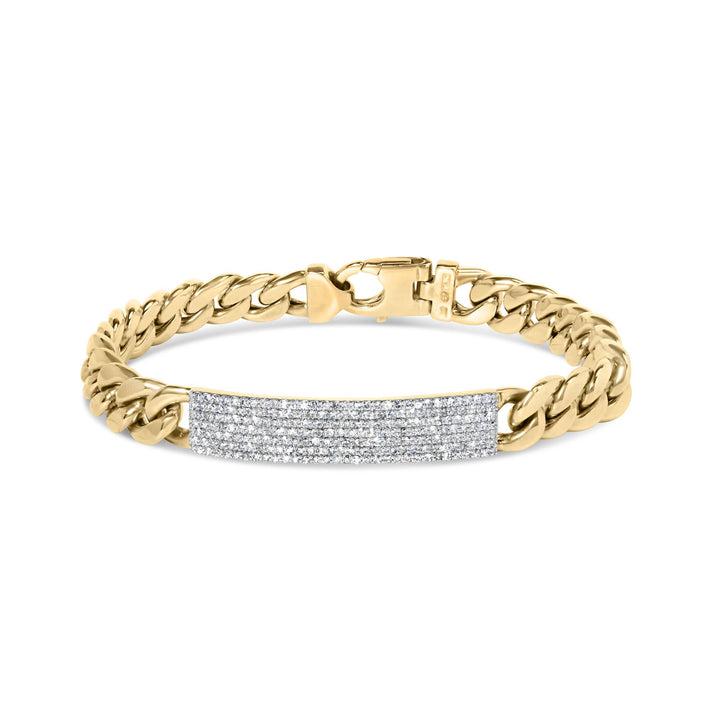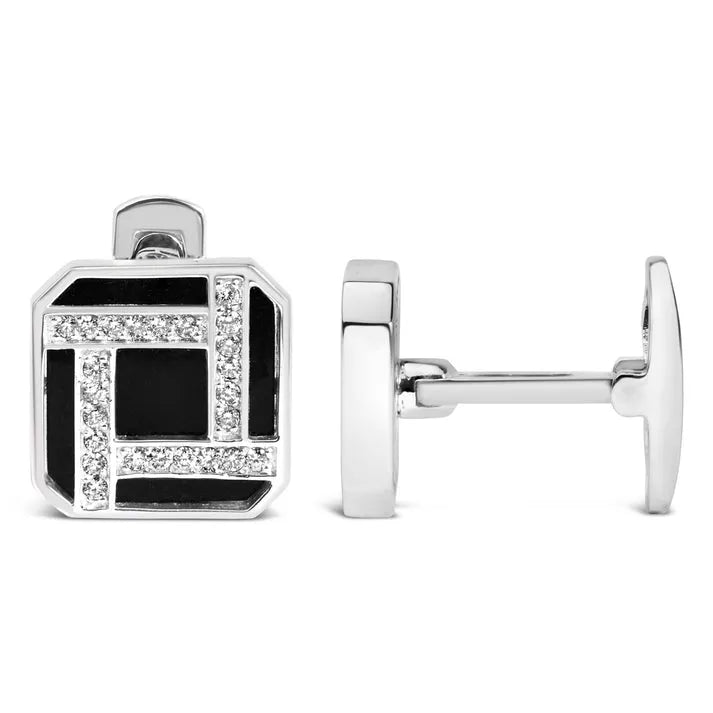The transition from wedding rings to teething rings encapsulates one of life’s most profound journeys—a passage from the vows of partnership to the sleepless nights of parenthood. Yet, this story isn’t told through rings alone. Earrings, fashion rings, necklaces, and bracelets also play their parts, adorning the milestones of love, identity, and family. These accessories, whether steeped in tradition or chosen for flair, weave a richer tapestry of commitment and growth. This article explores the symbolic and practical evolution from the exchange of wedding rings to the arrival of teething rings, with a nod to the broader world of jewelry that accompanies this journey.
Get 5% Off Your Next Order — Use code BLOG5 at checkout on GRANDIANI.com.
The Wedding Ring: A Symbol of Eternal Commitment
The wedding ring is the cornerstone of this narrative—a simple band carrying profound meaning. Its history stretches back to ancient Egypt around 3000 BCE, where circles of braided reeds symbolized eternity. The Romans refined this with metals like gold, placing rings on the fourth finger of the left hand, linked to the mythical vena amoris—the "vein of love." Today, wedding rings vary widely, from sleek bands to diamond-encrusted designs, reflecting the couple’s personality and promises.
But wedding rings rarely stand alone. Earrings often grace the bride’s ears—perhaps delicate pearls or dangling gems—adding elegance to the ceremony. Necklaces, like a locket with a photo of a loved one, might rest near the heart, while bracelets jingle softly on wrists, marking the occasion with sparkle. These pieces frame the wedding ring, enhancing its significance as the couple steps into their shared life.
Fashion Rings: A Personal Flourish
Beyond the wedding band, fashion rings enter the story as expressions of individuality. Unlike the solemnity of a wedding ring, fashion rings—think bold cocktail rings or stackable bands—are playful, trendy, or sentimental. A spouse might wear one to celebrate an anniversary, a promotion, or simply a love of style. In the early days of marriage, these rings adorn hands still adjusting to the weight of commitment, offering a counterpoint to the wedding band’s permanence.
Fashion rings also evolve with the couple. A partner might gift a birthstone ring after a child’s arrival, blending personal flair with family milestones. They’re less about vows and more about the joy of adornment—a reminder that love can be both serious and whimsical.
The Early Days: Building a Life Together
Post-wedding, the couple navigates their new reality. The wedding ring gleams alongside earrings swapped for casual studs or necklaces traded for simpler chains as life settles into routine. Bracelets might pile up—leather for one, gold for the other—reflecting personalities merging into a shared existence. These adornments become part of daily life, worn through late-night talks and spontaneous adventures.
When the decision to start a family arises, jewelry takes on new layers. A necklace might hold a pendant engraved with a future child’s initial, or earrings might be chosen for their comfort during long nights ahead. The wedding ring remains the anchor, but these pieces signal a shift toward something bigger.
The Pregnancy Chapter: Anticipation and Transformation
Pregnancy bridges the worlds of wedding rings and teething rings, and jewelry adapts accordingly. The wedding ring might tighten as fingers swell, while earrings—perhaps lightweight hoops—replace heavier drops for comfort. Necklaces become cherished talismans; a mother-to-be might wear one gifted at a baby shower, its charm symbolizing protection or hope. Bracelets, too, shift—stretchy beaded ones might replace rigid bangles, accommodating a changing body.
Culturally, jewelry marks this phase uniquely. In India, pregnant women might wear bangles believed to bring good fortune, their clinking a soothing sound for the baby. In Western traditions, a necklace with a heart or infinity symbol might join the wedding ring, reflecting love’s expansion. These pieces, worn through anticipation and transformation, tie the couple’s past promises to their future family.
The Arrival: From Vows to Diapers
A child’s birth reshapes everything. The wedding ring, now scratched or dulled by sleepless nights, shares space with practical adornments. Earrings become studs or nothing at all—less to tug on by tiny hands. Necklaces might be tucked away, replaced by a nursing-friendly pendant, while bracelets vanish under spit-up stains. Fashion rings, once a daily staple, might sit in a drawer, traded for the raw reality of parenthood.
Enter the teething ring—rubber, silicone, or wood—around six months to a year. It’s a humble contrast to the polished wedding ring, designed to soothe emerging teeth. Babies gnaw, drool, and fling them, making them a lifeline for parents navigating this chaotic milestone. Unlike the ceremonial jewelry of marriage, teething rings are utilitarian, yet they bind the family in a shared mission of care.
The Teething Ring: A Symbol of Growth and Resilience
Teething rings trace their lineage to medieval Europe, where coral or silver objects doubled as charms against evil. By the 19th century, rubber versions emerged, evolving into today’s playful designs—chilled, textured, or animal-shaped. They’re symbols of resilience, easing a child’s pain while marking parental progress.
Jewelry re-enters here, too. A mother might reclaim earrings—perhaps small hoops—to feel herself again, or a father might wear a bracelet engraved with the baby’s name. Necklaces with birthstones or tiny footprints become keepsakes, linking the teething phase to the wedding ring’s enduring promise. These pieces celebrate survival through the early storms of parenthood.
The Parallel Lives of Rings and Adornments
Wedding rings and teething rings share a circular motif—eternity and continuity—yet they’re joined by earrings, necklaces, and bracelets in telling the story. Earrings frame a bride’s face or a tired parent’s smile; necklaces carry sentimental weight across generations; bracelets stack memories on wrists; fashion rings add flair to the mundane. Together, they mirror the journey: wedding rings pristine and hopeful, teething rings messy and real, and other jewelry weaving through both.
Challenges and Triumphs: The Middle Years
As children grow beyond teething, jewelry evolves again. The wedding ring endures, scratched but steadfast, while earrings might upgrade to drops for date nights reclaiming romance. Necklaces become gifts from kids—macaroni-turned-pendants or store-bought charms—while bracelets pile up with each milestone: a charm for a first step, a bead for a graduation. Fashion rings re-emerge, perhaps bolder now, reflecting confidence earned through years of partnership and parenting.
This phase tests the wedding ring’s vows. Raising kids demands patience, and marital satisfaction may dip before rebounding. Jewelry becomes a quiet rebellion or comfort—earrings worn defiantly amidst chaos, a necklace clutched during a toddler tantrum. These adornments, alongside the ring, mark a family’s resilience.
The Long View: Legacy and Reflection
Years later, the wedding ring rests beside a jewelry box, its edges softened. Teething rings fade into memory, but earrings, necklaces, and bracelets tell their own tales. A grandmother might pass down her necklace to a daughter, its pendant now holding a grandchild’s photo. Earrings worn at the wedding might adorn a bride’s ears again at her own ceremony. Bracelets, stacked with charms of a life’s worth, jingle with stories.
Fashion rings, too, find new hands—gifted to a child or kept as heirlooms. For some, grandchildren bring fresh teething rings, restarting the cycle. The wedding ring, once a solitary symbol, now anchors a legacy of adornments, each piece a thread in the family’s fabric.
Cultural Variations: Jewelry Around the World
This journey varies globally. In India, wedding rings pair with mangalsutras—necklaces of marriage—while bangles signal pregnancy and teething rituals like Annaprashan celebrate growth. African traditions might favor beaded necklaces or bracelets over rings, with teething soothed by ancestral remedies. In the West, diamond earrings or necklaces often precede wedding bands, and teething rings are a commercial norm. These differences underscore jewelry’s universal role in marking life’s stages.
Conclusion: A Circle Unbroken
From wedding rings to teething rings, and through earrings, fashion rings, necklaces, and bracelets, the path of love and family is a circle unbroken. It begins with a vow, adorned with elegance, and grows through parenthood’s grit, accessorized by necessity and nostalgia. The wedding ring binds two hearts; the teething ring nurtures a new one; and the surrounding jewelry—earrings whispering style, necklaces cradling memories, bracelets stacking time—embellishes the tale.
For those slipping on a wedding ring, the teething ring and its companions lie ahead. For those in the thick of it, jewelry offers solace and identity. And for those reflecting, it’s a collection of a life well-lived—a circle of love, adorned at every turn.

